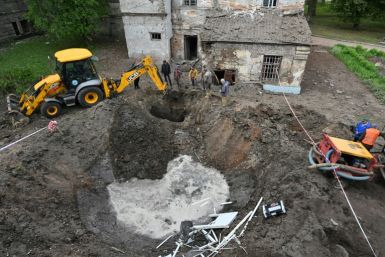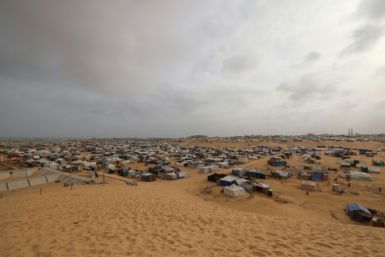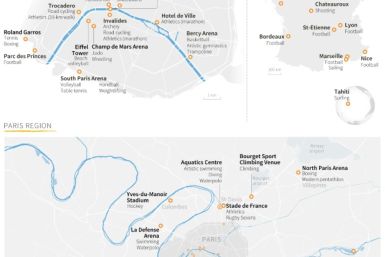$244,750 Spent on Canberra Kangaroo Cull
The Environment and Sustainable Development Directorate released 80 pages of reports revealing a roaring $244,750 spent on Canberra Kangaroo Cull in 2011-12. The amount excludes budget spent on the pre-planning stage and other operational costs, The Canberra Times reports.
For the period of 2010-11, $243,118 was spent when 2439 kangaroos were killed.
In 2013, the fund for culling was increased by $7271 for shooters and $576 for dart guns.
Also in 2013, parts of the spending were payment for a company that performed the culling - $51,909; in 2011 the payment for the company was $116,578.
According to records made public, all expenses were paid through staggered payment depending on the number of kangaroos killed.
The records also stated that more than 25 licenses to kill were released, specifying target of the eastern greys that can be shot at particular places. The licenses also require ACT Policing officers and media liaison to advise the public by 3pm on the day that culling happens. Shooters shall fire far from roadways and residences nearby the nature reserves where the culling will take place.
The license to cull also requires inspection of the designated reserves by senior police officers following instructions that "''all shooting activities to be conducted with public safety in mind''.
On Thursday, ACT Civil and Administrative Tribunal will inspect the designated reserves as territory government plans to cull more than 1600 eastern grey kangaroo.
On May 14, the controversial ACT kangaroo cull restarted as overseen by Territory and Municipal Services.
"To minimise impacts on other flora and fauna in critical grassland and woodland sites. The numbers to be culled have been based on scientific kangaroo counts in each location. This has been compared to the sustainable carrying capacity for each area that ACTGovernment ecologists have established by taking into account the habitat requirements of grassland dependent animals and plants," Parks and Conservation director Daniel Iglesias told ABC.
Reserve sites where culling happens: Callum Brae Nature Reserve, Goorooyarroo Nature Reserve and adjacent unleased territory land, Jerrabomberra Grassland West Nature Reserve, Kama Nature Reserve, Mount Painter Nature Reserve, Mulanggari Nature Reserve, Mulligans Flat Nature Reserve, as well as the Pinnacle Nature Reserve and adjacent unleased territory land.
The Canberra kangaroo cull was scheduled to end on Aug 1, 2014.
The cull is expected to end on Aug 1, 2014.
Regional Friends of Wildlife ACT had always been against the kangaroo culling and had been calling for the government to produce further scientific proof that culling is essential to Australia's ecology.
"If it cannot do that, one has to ask how the government can issue licences to kill protected native species without any evidence of harm or benefit. That also raises questions of good governance and accountability for public monies spent. Unfortunately, neither [Territory and Municipal Services Minister Shane Rattenbury] nor any TAMS functionary, after five years of killing, has been able to produce evaluation, monitoring or any evidence besides 'trust me' that killing kangaroos addresses or solves any problem in threatened temperate grassland ecosystem. This is apart from the threats and mistreatment of the kangaroo population itself," Regional Friends of Wildlife ACT spokesman Philip Machin argued.






